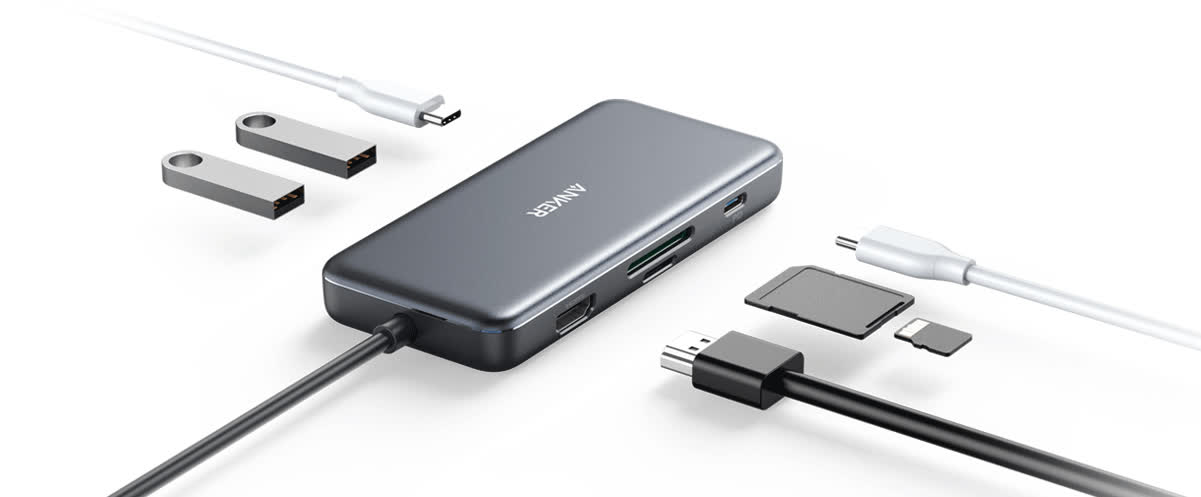Editor's take: Achieving 80 Gbps of bandwidth over copper cabling is an impressive feat, but passive cables capable of those speeds will be limited to under 1 meter. Meanwhile, the naming convention is as terrible as you'd expect for a USB specification, as less technically-inclined consumers might confuse it with USB 2.0, a standard released over two decades ago that tops out at 480 Mbps.
The USB Promoter Group announced the USB4 Version 2.0 specification, a significant update that will enable data rates up to 80 Gbps over USB-C cables and connectors. For comparison, both Thunderbolt 4 and USB4 Version 1.0 only support a maximum bandwidth of 40 Gbps bidirectionally.
A new physical layer (PHY) architecture enables the standard's increased data rates, which will reportedly work using existing 40 Gbps USB Type-C passive cables and newly-defined 80 Gbps USB Type-C active cables. The new specification will be backward compatible with previous USB revisions, including USB4 Version 1.0, USB 3.2, and USB 2.0, as well as Thunderbolt 3.
Also read: How USB Works (And How It's Remained Ubiquitous and Ever Evolving)
The new standard includes updated data and display protocols to utilize the increased bandwidth better. It also allows USB 3.2 data tunneling to exceed 20 Gbps. The latest DisplayPort and PCIe specifications are supported, which likely means DisplayPort 2.0 and PCIe 5.0 (PCIe 6.0 only came out earlier this year).

The USB Promoter Group, comprised of Apple, HP, Intel, Microsoft, Renesas Electronics, STMicroelectronics, and Texas Instruments, says the new standard should be published sometime before the USB DevDays developer events planned for November. So we probably won't see devices supporting the updated specification until next year.
Due to this update, we might start seeing more docks and hubs opting for USB4 as an upstream connection over Thunderbolt. With up to twice the bandwidth of Thunderbolt 4, it should permit more displays and devices to be connected simultaneously. It also allows charging speeds up to 240W, whereas Thunderbolt is limited to 100W.
In related news, the EU wants to make USB-C mandatory for all phones launched after fall 2024. You can also check out our deep dive on how USB works.
